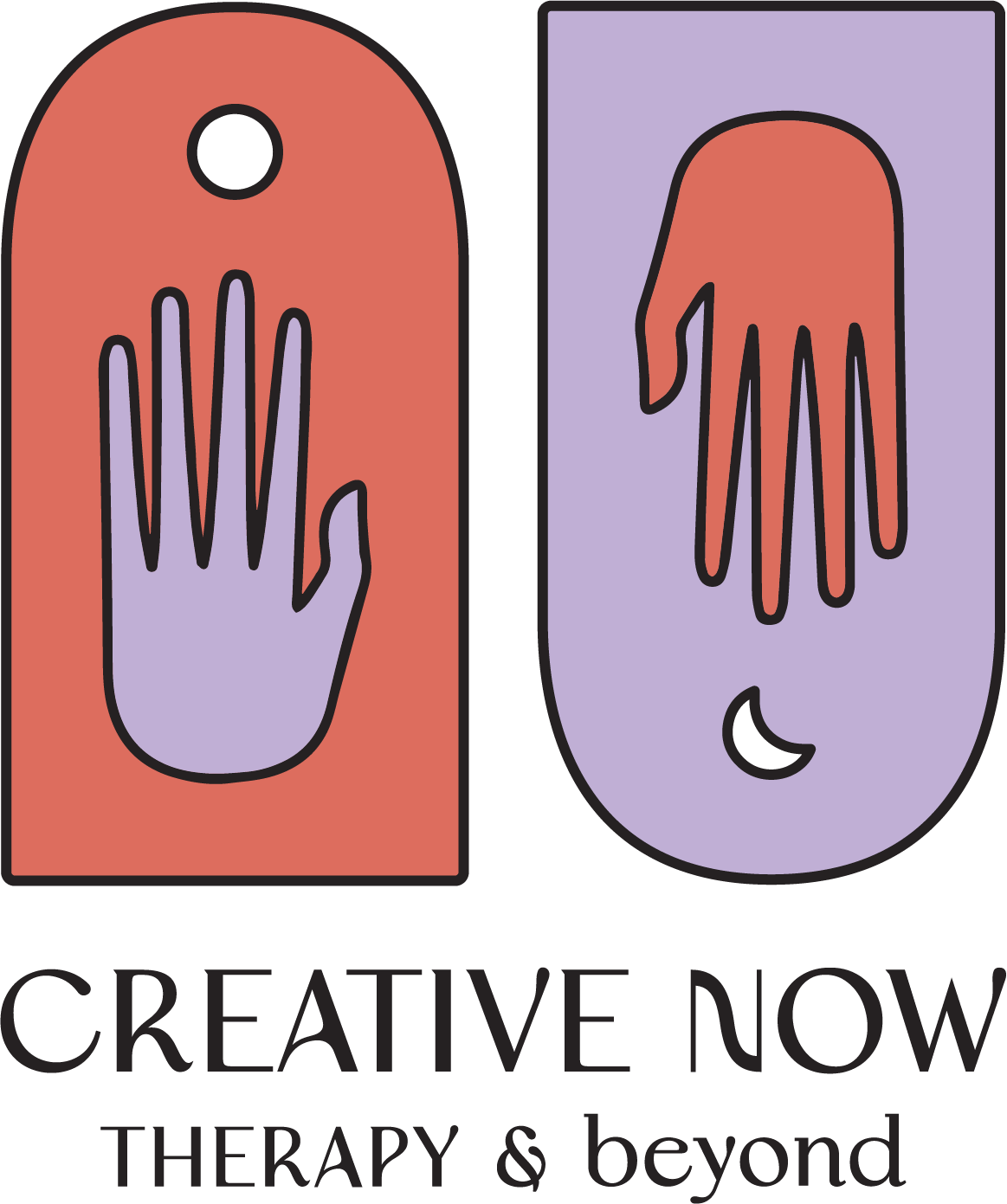Shadow Work Therapy & Integration | Poughkeepsie & Nearby Areas
What is shadow work therapy?
Shadow work therapy is the process of exploring the unconscious parts of your mind, the beliefs, memories, emotions, and traits you have repressed or disowned. These hidden aspects often hold unprocessed pain, unmet needs, and unexpressed strengths.By bringing them into awareness with compassion, you create the possibility for deep healing and transformation. Shadow work therapy is not a one-time fix; it is an ongoing practice of self-honesty, emotional regulation, and integration.
Most common signs you might benefit from shadow work therapy
You might feel called to shadow work therapy if you:
- Continue to repeat the same relationship or life patterns, despite wanting change.
- Struggle with self-sabotage or unexplained resistance.
- Feel triggered or overly reactive in certain situations.
- Have difficulty setting boundaries or expressing needs.
- Sense there is more to you than what you currently live or show the world.
How do I know if I am ready for shadow work therapy?
Ask yourself:
- Am I willing to feel discomfort in the service of my growth?
- Do I want to understand and transform recurring patterns?
- Am I ready to take responsibility for my inner world?
- Do I have support systems or practices to help me process intense emotions?
How we approach shadow work therapy in Poughkeepsie and nearby areas
My method blends somatic therapy, guided visualization, and archetypal psychology. In our sessions, we:
- Create a safe and grounded space for exploration.
- Identify triggers, recurring patterns, and emotional blockages.
- Use body-based practices to process stored emotions.
- Integrate insights through journaling, rituals, and daily practices.
You will not be left with raw emotion and no tools; every session ends with integration work, so you leave resourced and supported.
What topics can we explore in shadow work therapy?
- Childhood wounds and unmet needs.
- Inner critic and self-worth patterns.
- Fear of success or fear of failure.
- Relationship triggers and attachment wounds.
- Suppressed emotions such as anger, grief, or shame.
I am Cris Fort, and my work integrates depth psychology, somatic awareness, and spiritual guidance. I have walked my own shadow work therapy journey, and I know the courage it takes to face what has been hidden. My role is to guide you with clarity, compassion, and safety so you can transform shadow into strength.
Tips and resources for getting the most out of your shadow work therapy sessions
- Come with an open mind and a willingness to be honest with yourself.
- Keep a journal to track emotions, dreams, and triggers between sessions.
- Use grounding practices before and after sessions.
- Allow time for rest and integration after deep emotional work.

Hello, I’m Cris Maria Fort Garcés
Therapy & Beyond for Spiritual Beings. Clinically trained. Mystically tuned. Deeply human.

TWO PORTALS, ONE PATH TO WHOLENESS
Deep Healing for Your Body, Spirit, and Story
Creative Now Therapy offers two powerful pathways into this work, grounded in ritual, transformative tools, and methodologies designed to meet you wherever you are in your evolution.
Somatic Psychotherapy
Somatic, depth-oriented, and spiritually grounded therapy for therapists, healers, and space-holders in New York State, designed for when insight isn’t enough, and your nervous system and spirit are asking for true integration, not just more coping.
Energy Coaching: The Remembering
A sacred space for spiritual integration, combining ritual, energy work, and sacred tools to support deep transformation beyond talk therapy.
FAQ
How to use shadow work therapy for healing?
Start by identifying patterns or triggers that cause discomfort. Approach them with curiosity instead of judgment, and work with a guide who can help you process and integrate what comes up. Healing happens when hidden parts of you are acknowledged, understood, and brought into harmony with your whole self.
Is shadow work therapy safe to do on your own?
While some reflective practices can be done individually, shadow work therapy often brings up intense emotions and memories. Working with a trained practitioner provides a safe, supportive container to process and integrate what surfaces without feeling overwhelmed.
Can shadow work therapy help with anxiety or depression?
Yes, many clients find that addressing the root causes of their emotional pain through shadow work therapy reduces symptoms of anxiety and depression. However, it is not a substitute for medical treatment and can be combined with therapy or other healing modalities.
What are common shadow work therapy exercises for beginners?
Examples include journaling about triggers, dialoguing with different parts of yourself, working with dreams, or using art to express hidden emotions. Starting with small, safe explorations builds trust in the process.
How long does it take to see results from shadow work therapy?
Every person's process is unique. Some notice shifts after a few sessions, while others work over months or years to fully integrate deeper layers. Consistency and support accelerate results.
